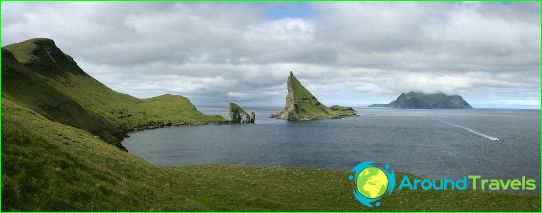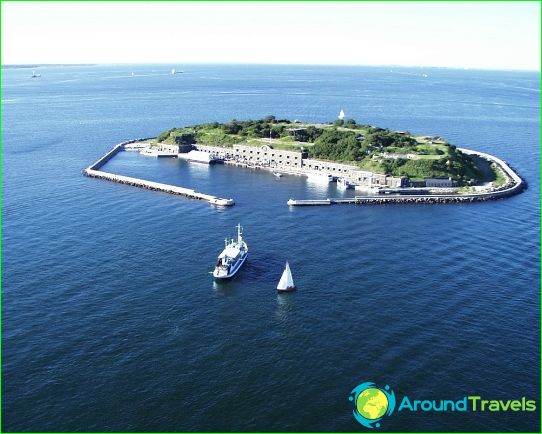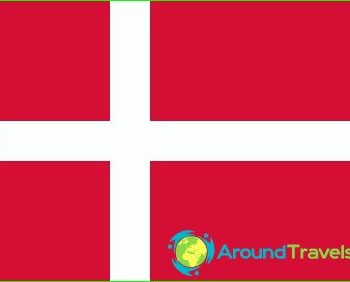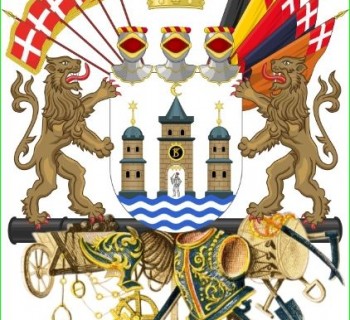Islands of Denmark

The Kingdom of Denmark occupies the Jutland Peninsula and many islands, including the Faroe Islands and Greenland. The Danish archipelago includes large areas of land, such as Zeeland, Lolland, Funen, Bornholm, Vensussel-Tee and others. Not all islands of Denmark are inhabited. The largest of them include the North Frisian Islands, Römö, Mannö, Zealand, Funen, etc..
general characteristics
Denmark is the southernmost Scandinavian country. It is located south of Norway, southwest of Sweden. In the south, the country has a land border with Germany. The coastline of the state stretches for 7400 km. The territory of the kingdom is washed by the North and Baltic seas. The Atlantic Ocean contains autonomous regions ruled by Denmark - Greenland and the Faroe Islands.
The islands of Denmark, like the southern regions of Sweden and Norway, lie in the deciduous forest zone. A large area of the country is occupied by agricultural land, so there is practically no natural vegetation. The exception is the island of Bornholm. The lands of the country are composed of sandstone, limestone, clay, since during the Ice Age this area was covered by an ice continental cover. Until now, the relief of Denmark has preserved deposits of glacial rivers, weathering and erosion processes.
The Danish islands are characterized by a flat relief. The highest point above sea level is 175 m. Many land areas are huge, so they have lost their island features. The main territory of the country is the Jutland peninsula, which area is 24 thousand square meters. km. The Danish islands have a total area of about 19 thousand square meters. km.
Natural features
In the north of the Atlantic Ocean are the Faroe Islands or the Faroe Islands. It is an island group between Iceland and Scotland. They are included in the Kingdom of Denmark, however, almost all state issues have been resolved on their own since 1948. The maritime temperate climate prevails on the Faroe Islands. There are wet cool summers and warm winters. The coldest month is January, when the average air temperature is 0 .. +4 degrees. The warmest on the islands is in July. At this time, the air temperature varies from +11 to +17 degrees.
Rainfall in the Faroe Islands falls 280 days a year, most of all from September to January. There are often fogs here. The Gulf Stream passes nearby, so the temperature of the sea water in any season is +10 degrees. The warm current softens the climate a little, creating ideal conditions for the existence of plankton and fish. The archipelago is formed by 18 volcanic islands, the total area of which reaches 1400 sq. km. The indigenous population uses the Faroese language, which is close to Old Norse and Icelandic.



